As a seasoned engineer (40+ years out of engineering school), I am a sucker for how engineers, machinists, technicians, and inventors of all sorts from back in the day figured out ways to do things that were here-to-for, not possible. Luckily, there’s a museum — the National Museum of Industrial History in Bethlehem, PA — for folks who like learning about how America developed its industrial might.
Note: This article is written by my husband and trusty travel partner, Pop.
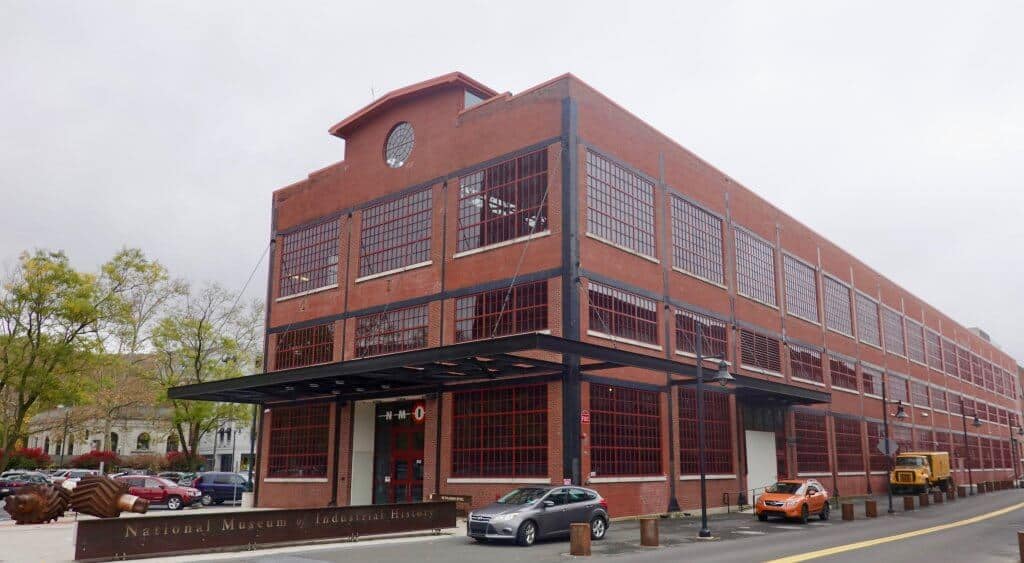
The National Museum of Industrial History
The National Museum of Industrial History (NMIH), part of the broader Smithsonian Institution system, is a great place for a glimpse of industrial history. Each of the four galleries focuses on an important role in American industry:
- early-stage industrial machinery,
- iron and steel production and its applications,
- silk mill production, and the
- development and application of propane.
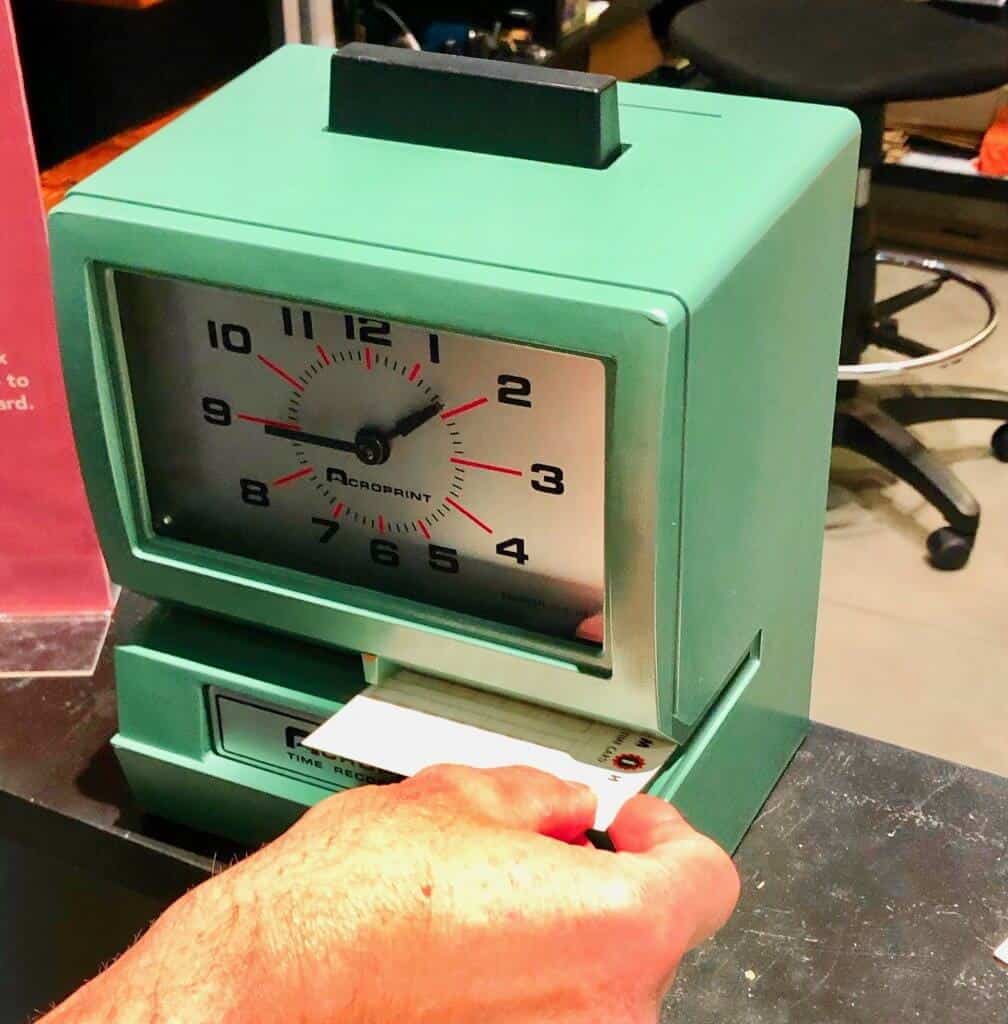
NMIH seeks to give visitors a better understanding of America’s early industrial power, its abundant natural resources, its ability to mass produce, and its commitment to innovation. Speaking of innovation, there are some business letters on display that show communication between early industrial titans as they sought to work together. In addition to the displays mentioned, there are special exhibits and programs for the public.
Fittingly, the NMIH is housed in one of the former Bethlehem Steel machine shop buildings (now beautifully restored) and only a few hundred yards away from the now mothballed Bethlehem Steel blast furnaces.
Early Industrial Machinery
NIMH in Bethlehem is laid out in roughly chronological order starting with examples of the first man-powered woodworking equipment that lent themselves to levels of precision not attainable with traditional hand tools. Great examples of pedal power!
Next in the evolution of industrial machinery is an elaborate display of equipment powered by steam-driven overhead shaft-belt-pully systems. An interesting display shows how mechanical energy could be generated at a single source and distributed factory-wide to power all sorts of machine tools. In support of this display is the largest single consolidated collection of industrial files … yes, files. These tools were used by machinists to make small dimensional and shape adjustments to metal parts to insure proper final assembly fit.
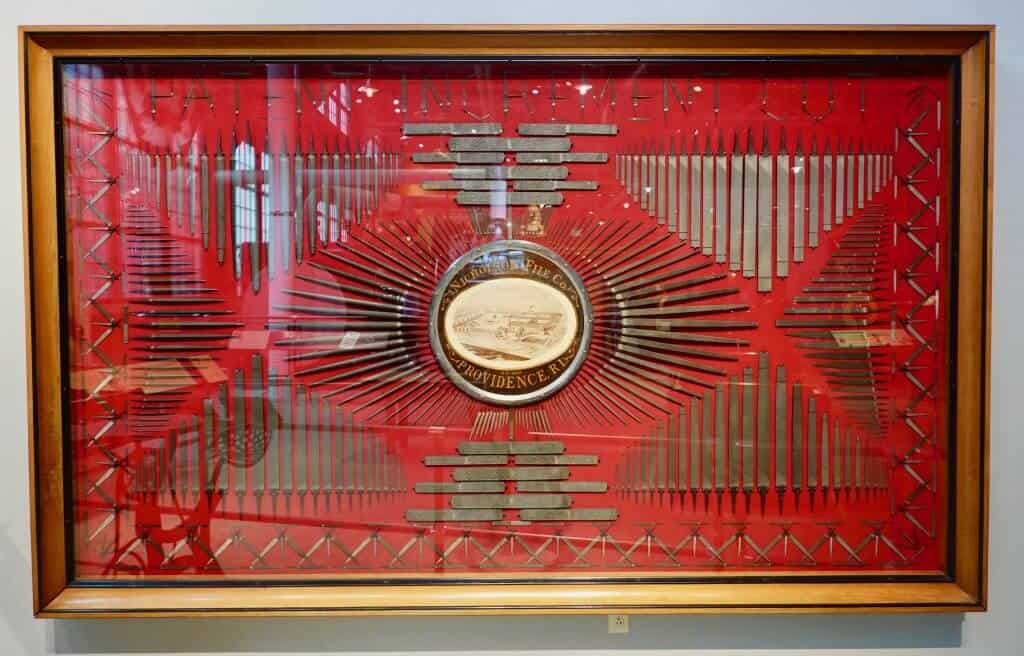
Most people don’t realize it, but the metal file was central in supporting the launch and success of the industrial revolution. Obviously, as the industrial revolution evolved, the precision of machining and fabrication equipment improved as well — gradually reducing the need for industrial files. But without them back then, we might still be doing our laundry on an old washboard or pumping water for our homes from a backyard well.
Iron and Steel Production
Next up at the National Museum of Industrial History comes iron and steel. If you don’t know the basics of iron and steel production as well as its evolution prior to visiting the museum, you will now. This tutorial is done well with graphics, models, and some animation. I even heard Lolly (not an engineer) say under her breath, “Interesting.”
Once you have the basics of production under your belt, NMIH takes you through the modern evolution of steel applications: buildings and skyscrapers, military, bridges, automotive, etc. One part of the exhibit gives a nod to Elijah Otis’s invention of the elevator — this innovation, of course, helped spur the building of higher and higher buildings.
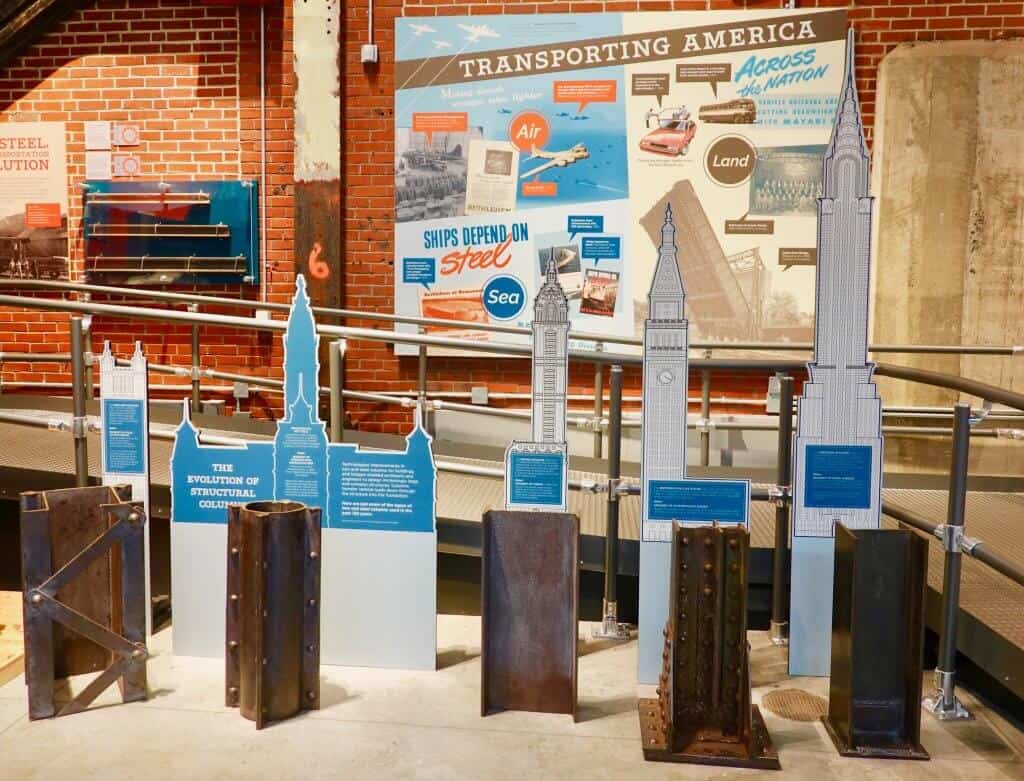
Along the way, you will gain a sense of the steelworkers themselves: where they came from (generally part of the global immigration to America), working conditions, the labor strikes and eventual unionization of the workforce, and other challenges.
Bethlehem Steel
Bethlehem was once a big steel-making town. The old Bethlehem Steel (“the Steel”) has a storied history. Just a few highlights include:
- The company was the commercial inventor of the steel I-beam. The I-beam was the final component that enabled the design and construction of skyscrapers, which dominate today’s urban landscapes.
- As a result of their commercial invention of the I-beam, many of the first-generation skyscrapers of New York City were constructed with Bethlehem Steel’s steel I-beams.
- Because of Bethlehem Steel’s commercial development of the steel I-beam and ultimately its potential use beyond tall buildings, the company developed what became world-recognized engineering and fabrication capabilities in such areas as bridges and naval architecture.
- Because of the capabilities described in the previous two bullets, Bethlehem Steel steel and fabrication were used in the construction of the following:
- bridges including:
- George Washington Bridge
- Golden Gate Bridge
- Varrazano-Narrows Bridge
- buildings include:
- Chrysler Building
- Empire State Building (large components only)
- Madison Square Garden
- Rockefeller Center
- Waldorf Astoria
- World Trade Center
- dams including:
- Bonneville Dam
- Grand Coulee Dam
- Hoover Dam
- bridges including:
- Bethlehem Steel’s steel-making prowess coupled with its steel fabrication capabilities led the company to create, what was at the time, a world-class shipyard outside Baltimore on the Chesapeake Bay. This shipyard played a key role in naval and maritime construction during World War II.
One interesting display at the NMIH shows the 58 countries Bethlehem Steel’s workers represented in the early 1900s. Also, there’s a safety exhibit showing the company’s posters promoting worker safety, first aid equipment used, and a chart listing the number of accidents, injuries (loss of fingers or limbs), and fatalities in 1909 by department (boilers, railroad, blast furnaces, open hearths, etc.).
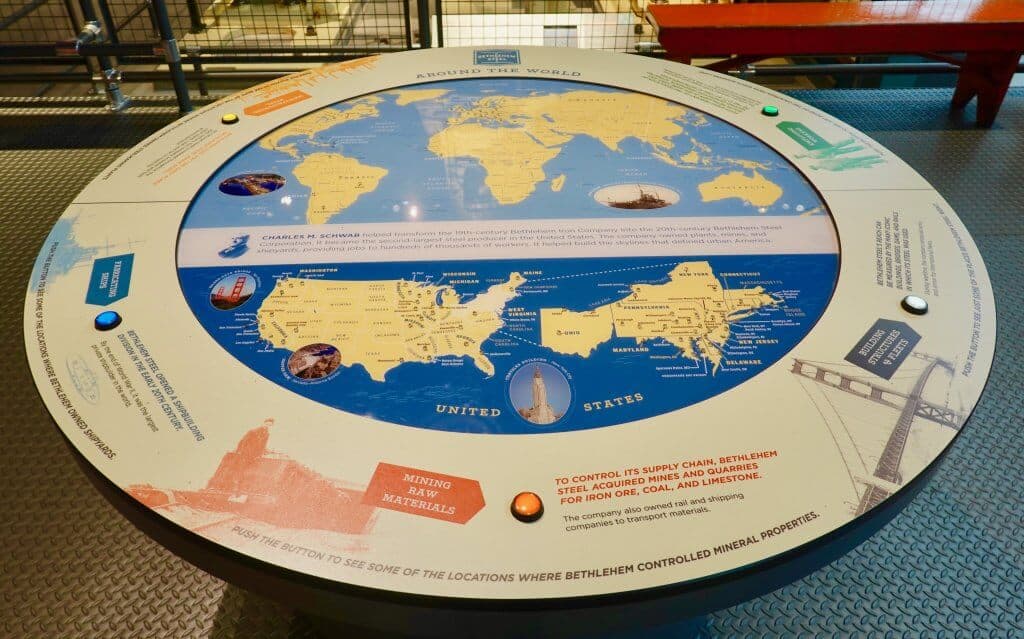
Early industrialization had an effect on society and the economy. For example, it was noted in a display that Archibald Johnston, a Bethlehem Steel executive, sought to combine three boroughs into the city of Bethlehem in 1917. Not only that, but he became the new city’s first mayor and worked to improve conditions for its population.
Silk Mill Production
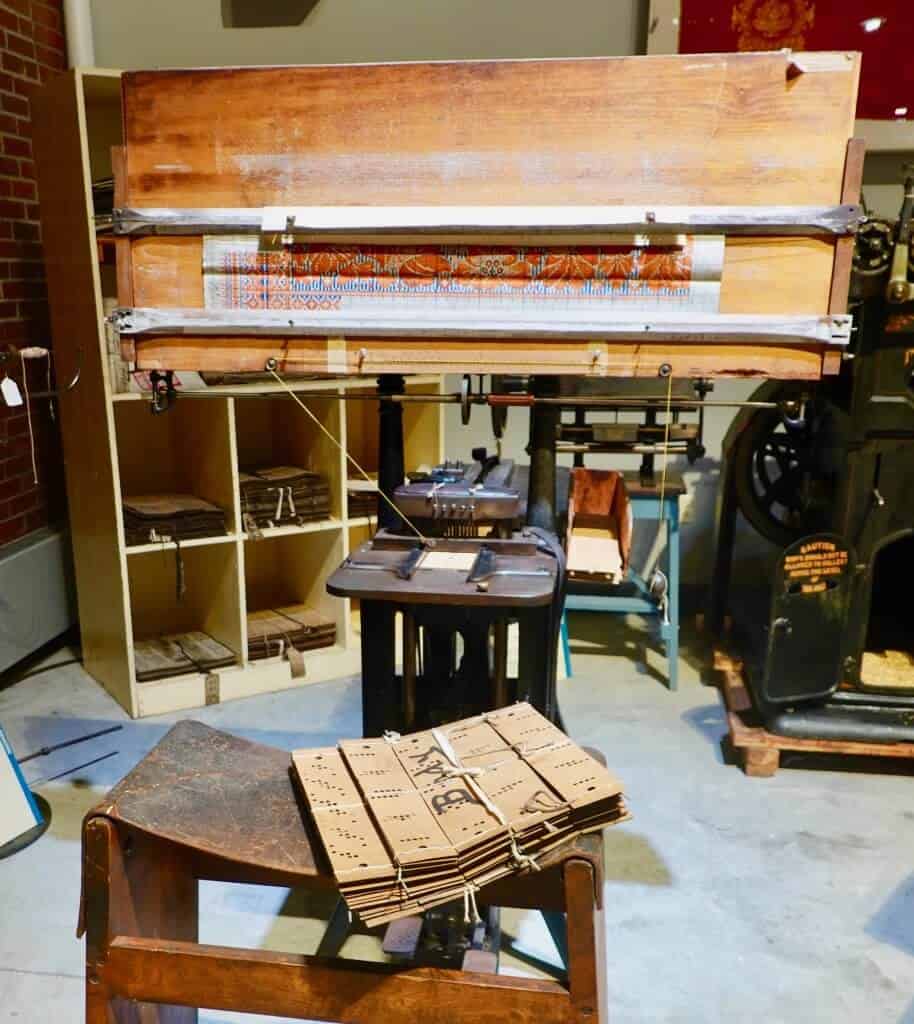
Why silk? Textile production played a major role in the industrialization of America — as well in the local area. As with iron and steel, NMIH first takes you through the basics of silk thread production. Then, it’s on to the industrial application of silk with the emergence and evolution of industrial looms and, as with iron and steel, a sense of the challenges facing the average worker.
Propane Development & Application
NMIH ends its march through industrial history with the commercialization of propane. Why propane? Perhaps because the propane story is, at a high level, similar to that of gasoline. Just as gasoline was for decades an unusable byproduct of kerosene production, propane is a byproduct of the gasoline production process. (Back in the last half of the 1800s, kerosene was the primary generator of light for home and industry which, in turn, made John D. Rockefeller one of the richest people on the planet.)
Nearby Attractions
Consider visiting some other great places in Pennsylvania.
- Big Pocono State Park, Poconos
- Bushkill Falls, Poconos
- Colonial PA Plantation, outside Philadelphia
- Covered Bridge Driving Tour of Bucks County
- Covered Bridge Driving Tour of the Lehigh Valley
- Gettysburg Visitor Guide
- Hawk Mountain Sanctuary, Lehigh Valley area
- Hickory Run State Park, Poconos
- Housenick Park, Lehigh Valley
- Jacobsburg State Park, Poconos
- John Heinz National Wildlife Refuge, outside Philadelphia
- Museum of the American Revolution, Philadelphia
- Philadelphia Self-Guided Walking Tour
- Philadelphia: Fairmount Park’s Unique Colonial Mansion & Their Stories
- Best Things to Do in Philadelphia
- Pittsburgh and Southwestern Pennsylvania Guide
- Promised Land State Park, Poconos
- Ricketts Glen State Park, Poconos
- Ridley Creek State Park, outside Philadelphia
- Tyler State Park, Bucks County
- Valley Forge National Historical Park, outside Philadelphia
- Washington Crossing Historic Park, Bucks County
Final Thoughts
The National Museum of Industrial History packs a great deal of information into a reasonably small space. And it does it very well. So if you’re in the Lehigh Valley (the Allentown, Bethlehem, Easton area of Pennsylvania), don’t hesitate to add the NMIH to your itinerary.
As mentioned, the museum sits on the grounds of the former Bethlehem Steel plant. Today much of the area has been repurposed and is now a popular area for locals and visitors alike with an arts center with a movie theater plus indoor and outdoor concert venues, shopping outlets, a casino, a hotel, and an event center. In addition, there are plans for more entertainment spaces (like a water park). You could easily spend a few days just enjoying all that Bethlehem has to offer: the charming historical city itself along with the NMIH and nearby attractions.
Visiting the mid-west? NMIH reminds me of a mini Henry Ford Museum in Dearborn, Michigan — a great visit if you’re interested in early industrial production in America. (The Henry Ford Museum is an amazing place that I’ve visited numerous times. If you’re in the area, do yourself a favor, and visit it as well as its next-door neighbor, Greenfield Village.)

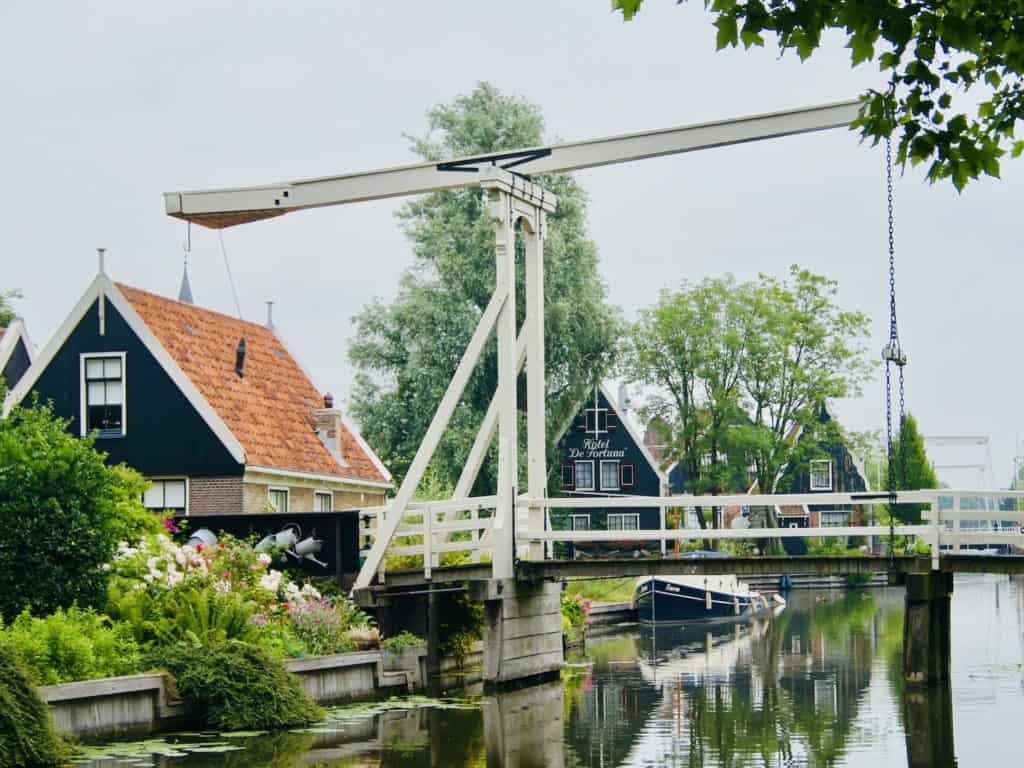

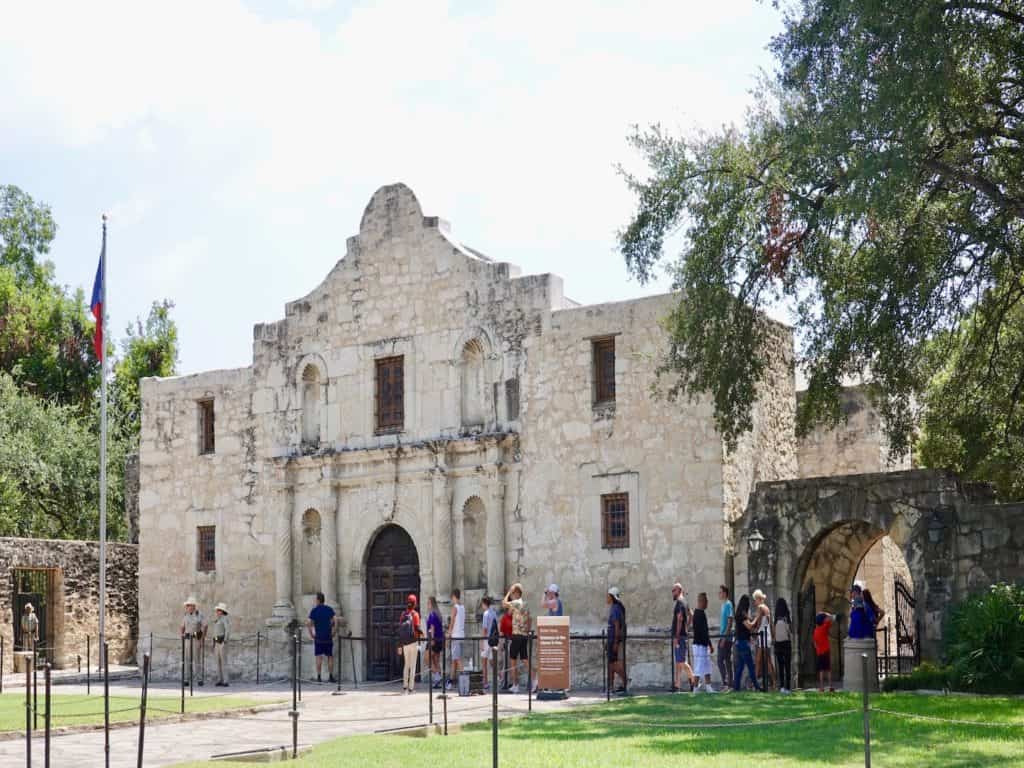

I live close by in one of the renovated silk mills. I never knew the importance of the mills till several years ago. The Lehigh Valley (aka ABE) was the second largest silk producer after Patterson NJ. BTW the mention of a water park is incorrect since the closest is 40 miles away. Otherwise great article.
I’m glad you found the article interesting, Terrence. I hope you get a chance to visit the museum as it’s recently reopened following a temporary closure due to the pandemic.
As for the water park, Wind Creek did announce plans in 2019 for an indoor water park entertainment complex on a portion of the former Bethlehem Steel property (as reported in The Morning Call and other sources). Based on your comment, however, I did check with the local planning authority and was told that no formal plans have been submitted yet and that Wind Creek was taking a “wait and see” position given the current pandemic and its related restrictions on public gatherings.